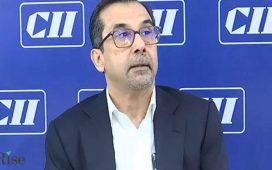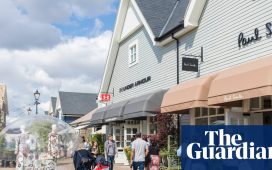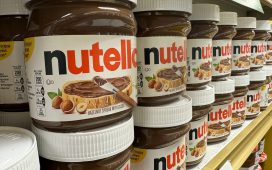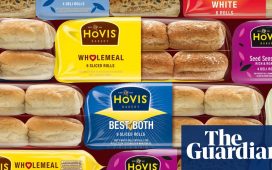Unlock the Editor’s Digest for free
Roula Khalaf, Editor of the FT, selects her favourite stories in this weekly newsletter.
British retail sales rebounded in July helped by higher spending in department stores and on sports equipment after wet weather deterred shoppers earlier in the summer.
The quantity of goods bought in Great Britain rose 0.5 per cent between June and July, following a revised 0.9 per cent contraction in the previous month, the Office for National Statistics said on Friday.
The statistics agency had initially estimated a drop of 1.2 per cent between May and June, when rain kept shoppers away from the high street. The reading for July was in line with analysts’ expectations.
The rebound in retail sales was “led by increases in department stores and sports equipment shops”, said Liz McKeown, ONS director of economic statistics, with “both the Euros and discounting . . . boosting sales”.
Department stores registered growth of 4 per cent in the month, while sales volumes at sports equipment, games and toys stores rose by 3.5 per cent.
But sales at clothing and household goods shops dropped 0.6 per cent. Fuel sales declined 1.9 per cent, despite pump prices falling.

Alex Kerr, economist at consultancy Capital Economics, said that while the rise in sales in July “wasn’t particularly broad-based”, they would continue to strengthen as “lower inflation continues to support real incomes and bolsters consumer confidence”.
The 0.5 per cent increase in retail sales points to consumers returning to spending after high inflation and rising interest rates over the past three years led them to cut back.
Consumer spending is an important part of the UK’s overall economic performance, and Friday’s figures come at the end of a big week of data covering economic growth, inflation and wage growth.
The numbers from the ONS indicate that economic growth remained strong in the three months to June, following a solid rebound in the first quarter after last year’s technical recession.
The rise in inflation from 2 per cent to 2.2 per cent in July was less than expected, largely because of a notable slowdown in the growth of services prices, opening the door to more interest rate cuts by the Bank of England this year.
Meanwhile, wage growth rose at the lowest annual rate in almost two years in the three months to June.
Retail sales were up 1.1 per cent in the three months to July compared with the previous three months, a less volatile figure than the monthly rates.
Kien Tan, senior retail adviser at consultancy PwC UK, said temperatures had been unusually cool in the first half of July and that the onset of better weather in August finally would “be better news for grocery and fashion”.
“The more favourable economic backdrop of higher wages, lower inflation and lower interest rates augur well for spending more widely in the run-up to Christmas,” he added.
The quantity of goods bought in July was still 0.8 per cent below its pre-pandemic level in February 2020, although households spent about 19 per cent more, reflecting the impact of high inflation on spending power.
Charlie Huggins at investment broker Wealth Club said the retail sales figures suggested the UK economy was “chugging along,” with little sign of consumers significantly cutting back.
“With inflation moderating, paving the way for further interest rate cuts, retailers can look ahead to the rest of the year with a degree of optimism,” he added.










